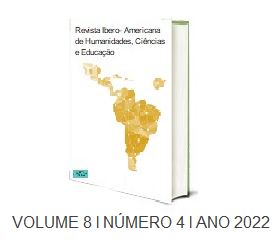PSICOPROFILAXIA CIRÚRGICA NA UROLOGIA
DOI:
https://doi.org/10.51891/rease.v8i4.5161Palavras-chave:
Urologia. Humanização. Cirúrgico.Resumo
Visando a humanização do procedimento cirúrgico, este trabalho acadêmico teve por objetivo se desenvolver um estudo de revisão sobre Psicoprofilaxia Cirúrgica em Urologia com o fito supracitado e a diminuição das possibilidades de erro no procedimento potencializando a recuperação do paciente por intermédio das informações dadas. Neste sentido, desse envolveu-se um protocolo de acompanhamento no pré-operatório, bem como no pós-cirúrgico. Notou-se, também, que no momento em que se solicita a antecipação da cirurgia é desencadeada nos pacientes entraves emocionais como medo, ansiedade e a agitação que esteve presente em mais de 70% dos pacientes. Contudo, os pacientes que receberam acompanhamento no pré-operatório e no pós-operatório manifestaram melhor recuperação emocional e física. Ainda sobre o período pós-cirúrgico o grupo que não teve o acompanhamento manifestou mais dor, e representa, cerca de 64,99% dos pacientes submetidos. Os resultados desta pesquisa demonstram a eficácia de uma intervenção que leva em consideração os fatores emocionais e psicossociais dos pacientes
Downloads
Downloads
Publicado
Como Citar
Edição
Seção
Categorias
Licença
Atribuição CC BY

